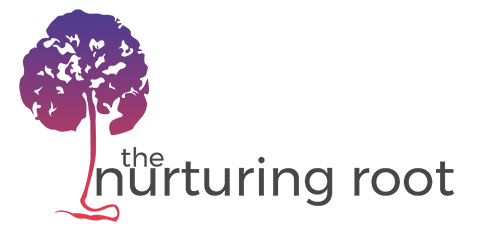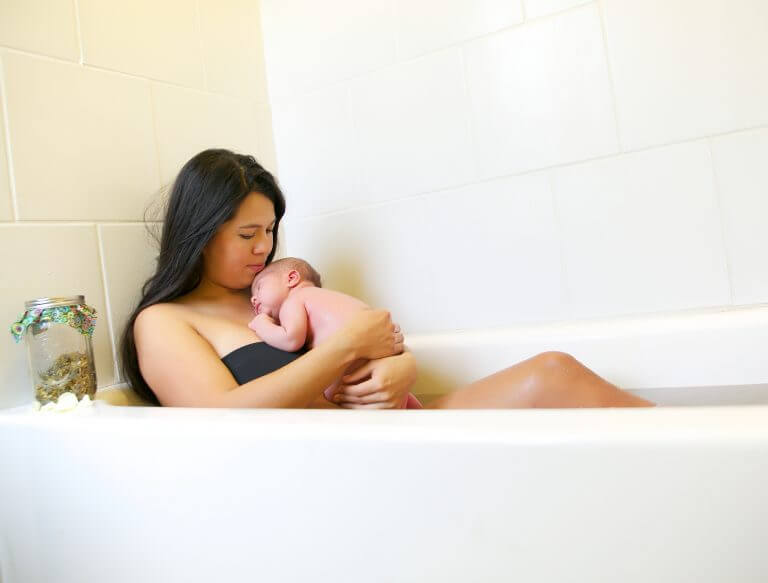birth | Childbirth classes | childbirth education | Doula | natural pain relief | postpartum | Postpartum Doula
Soothing Hemorrhoids in Pregnancy and Postpartum
Hemorrhoids, which are swollen and exposed blood vessels in the rectum, are perhaps one of the biggest complaints I hear from expecting and postpartum parents. Some find they have hemorrhoids during pregnancy, while others get them postpartum, likely from pushing. But why do hemorrhoids happen in pregnancy? During pregnancy, the increased progesterone levels cause the…


